Museums & Institutions
The Andy Warhol Museum Is Building a $60 Million, Six-Block ‘Pop District’ in an Attempt to Turn Pittsburgh Into a Cultural Hub
The museum aims to create job opportunities for young people, in the spirit of Warhol's Factory.
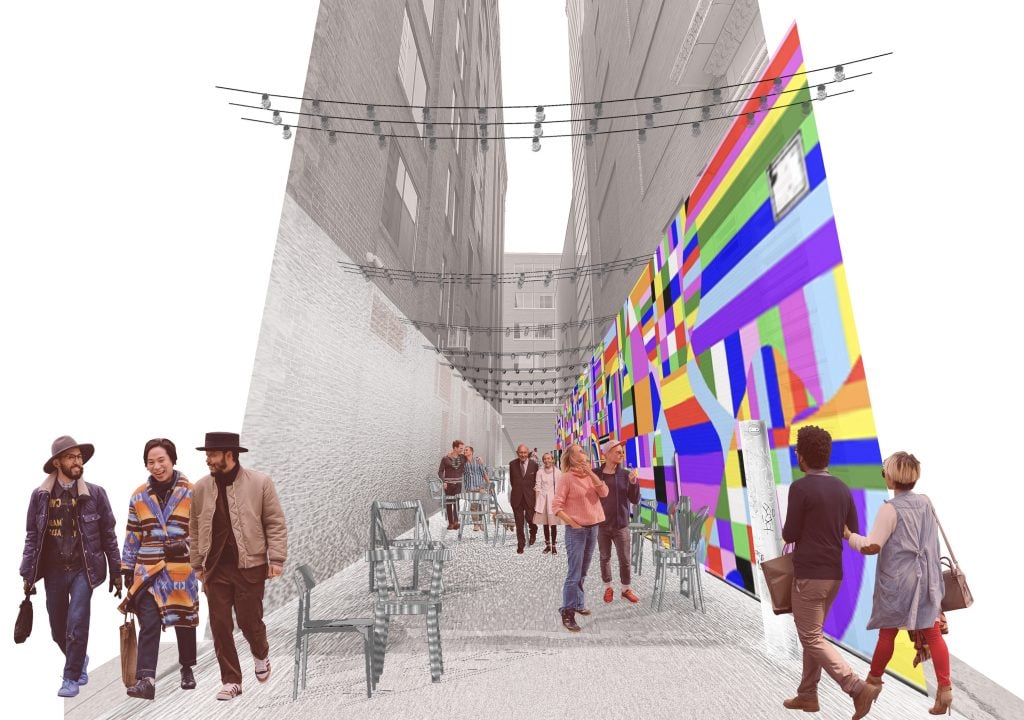
The museum aims to create job opportunities for young people, in the spirit of Warhol's Factory.

Sarah Cascone

Pittsburgh is already home to the Andy Warhol Museum and now the artist’s hometown is establishing a six-block Pop District in the surrounding neighborhood.
“The goal of this project is to make sure the next Andy Warhol doesn’t have to leave Pittsburgh to become Andy Warhol,” Sam Reiman, director of the Richard King Mellon Foundation, the new district’s lead funder, said in a statement. “The Warhol team’s innovative strategy will make Pittsburgh a national leader in creating new cultural models for American cities.… and a magnet to attract and retain young creative talent.”
If successful, the Pop District will turn Pittsburgh’s North Shore into a new cultural tourism destination with public art, digital media production, live music, and performances, but also to promote economic development through the arts.
The Warhol Museum also plans to expand Warhol Creative, the workforce development program for young people that it launched in September. Participants will learn skills for the digital economy by working on social media content and other creative projects. The museum aims to work primarily with BIPOC, LGBTQ, and immigrant workers. Longterm, the goal is to create $1 million in annual income for creative talent.
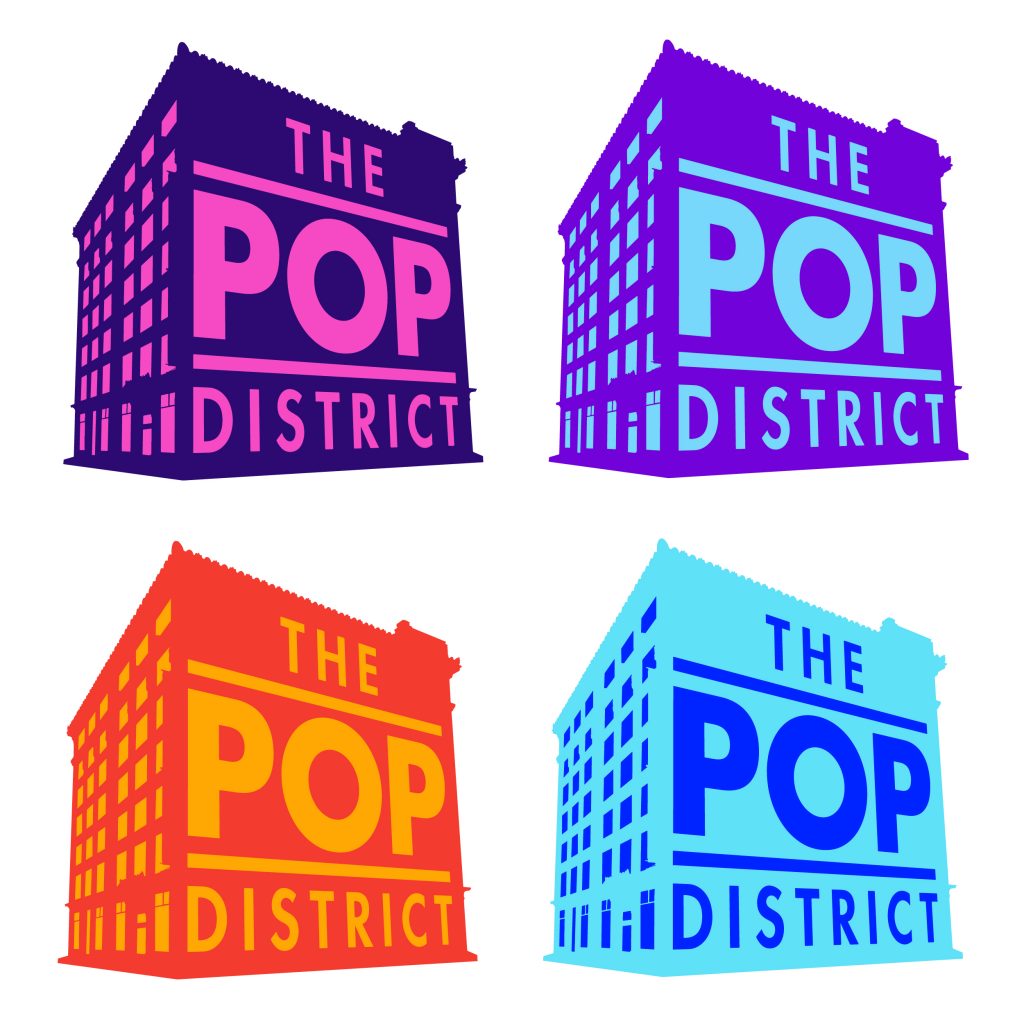
The Pop District logo. Courtesy of the Andy Warhol Museum, Pittsburgh.
Envisioned as a Warhol Factory for the 21st century, several dozen young people are already creating Instagram and TikTok content for the museum as well as working on projects for outside companies, such as Dell, that helps fund the program.
With the launch of the Pop District, the initiative will move to an empty office building next to the museum, offered at a preferential rent by developer and Warhol advisory board member Jeremy Leventhal.
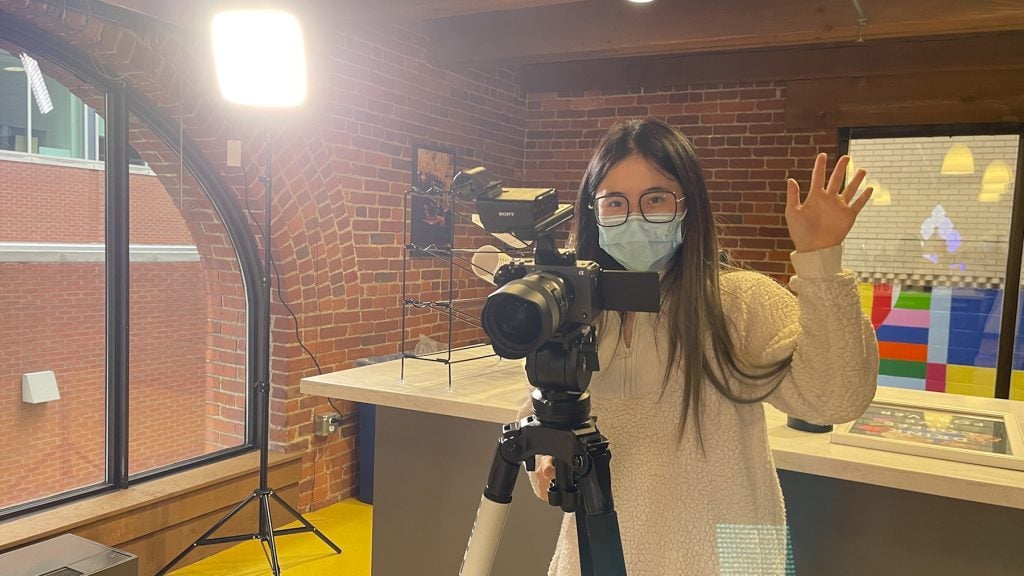
Rui Wang, a Warhol Creative intern. Photo courtesy of the Warhol Museum, Pittsburgh.
“Andy continues to be emblematic of the American entrepreneurial spirit—a true agent of influence and change,” Andy Warhol Museum director Patrick Moore said. “We now have the plan and resources to follow suit as an agent of change for Pittsburgh and an example of how creative communities throughout the country can be activated to boost and sustain a local economy through focusing on opportunities and experiences for young people.”
The Pop District will start just across the Andy Warhol Bridge from Pittsburgh’s existing Cultural District, and has reportedly been endorsed by the city and state, as well as local community groups.
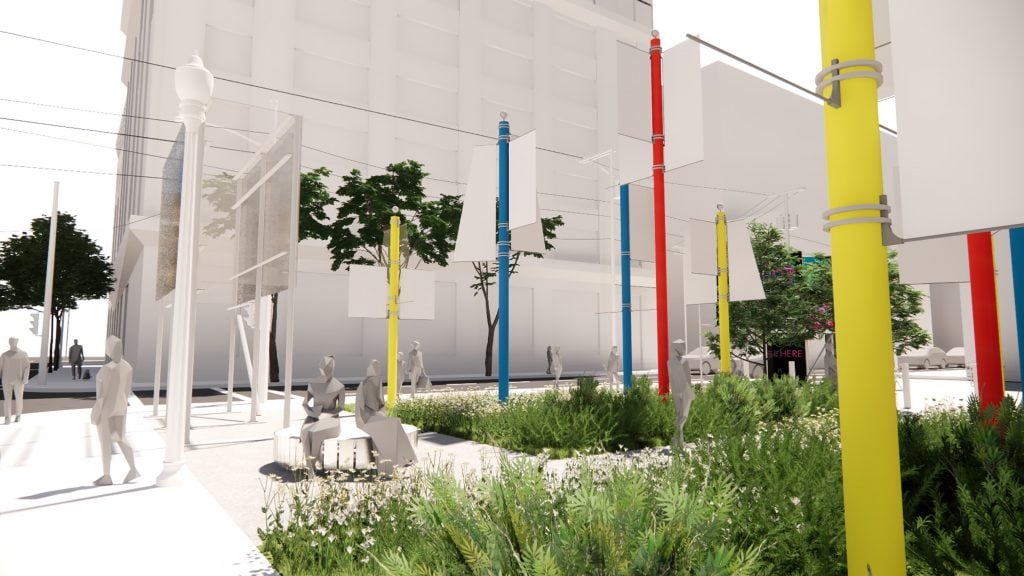
The Pop District Park, rendering. Courtesy of the Andy Warhol Museum, Pittsburgh.
“[It’s] a totally new concept of what a museum can be,” David K. Roger, president of the Henry L. Hillman Foundation, a donor to the district, told the Pittsburgh Post Gazette. “We are not aware of anything that is quite like this.”
Envisioned as a two-phase project over the next 10 years, the district comes with a projected $60 million price tag. The museum in the final stages of securing $30 million to $40 million in initial funding. The Richard King Mellon Foundation will donate $15 million over the next three-and-a-half years, and the Henry L. Hillman Foundation will give $10 million over four years.
Phase one includes starting new education programs outside of the museum, real-estate investments, and a series of new public art projects. The first two, by a pair of Miami-based artists, were unveiled this month: Over The Rainbow, a mural by Typoe, and Social Sculpture by Michael Loveland. Public art installations by Pittsburgh-based artists Laura Jean McLaughlin and Mikael Owunna are set to follow this summer.
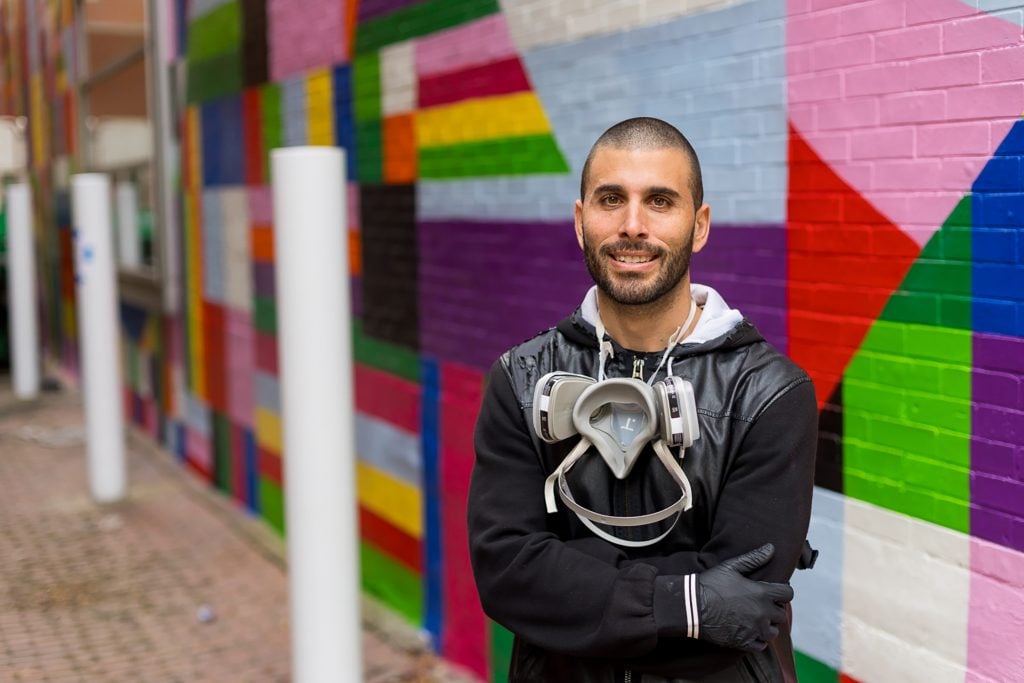
Typoe with his alley mural installation, Over The Rainbow in the future Pop District. Photo courtesy of the Andy Warhol Museum, Pittsburgh.
In phase two, the Warhol Museum and its three sister institutions in the Carnegie Museums of Pittsburgh will oversee a capital campaign to build a new live performance venue with a concert hall. Construction is set to begin in 2024, on the site of what is now a parking lot. Six architecture firms are in conversation to design the venue, which will seat 1,000 and provide an important revenue stream for the museum through event rentals.
“The Pop District will demonstrate the role that museums can and must play in their communities by serving as centers of innovation and catalysts of economic development,” Steven Knapp, president and the CEO of Carnegie Museums of Pittsburgh, added.
The Warhol Museum is projecting $100 million in annual economic activity and 50,000 to 70,000 new visitors to the North Shore each year once the Pop District is open, according to research conducted by the consulting firm Chora Creative.